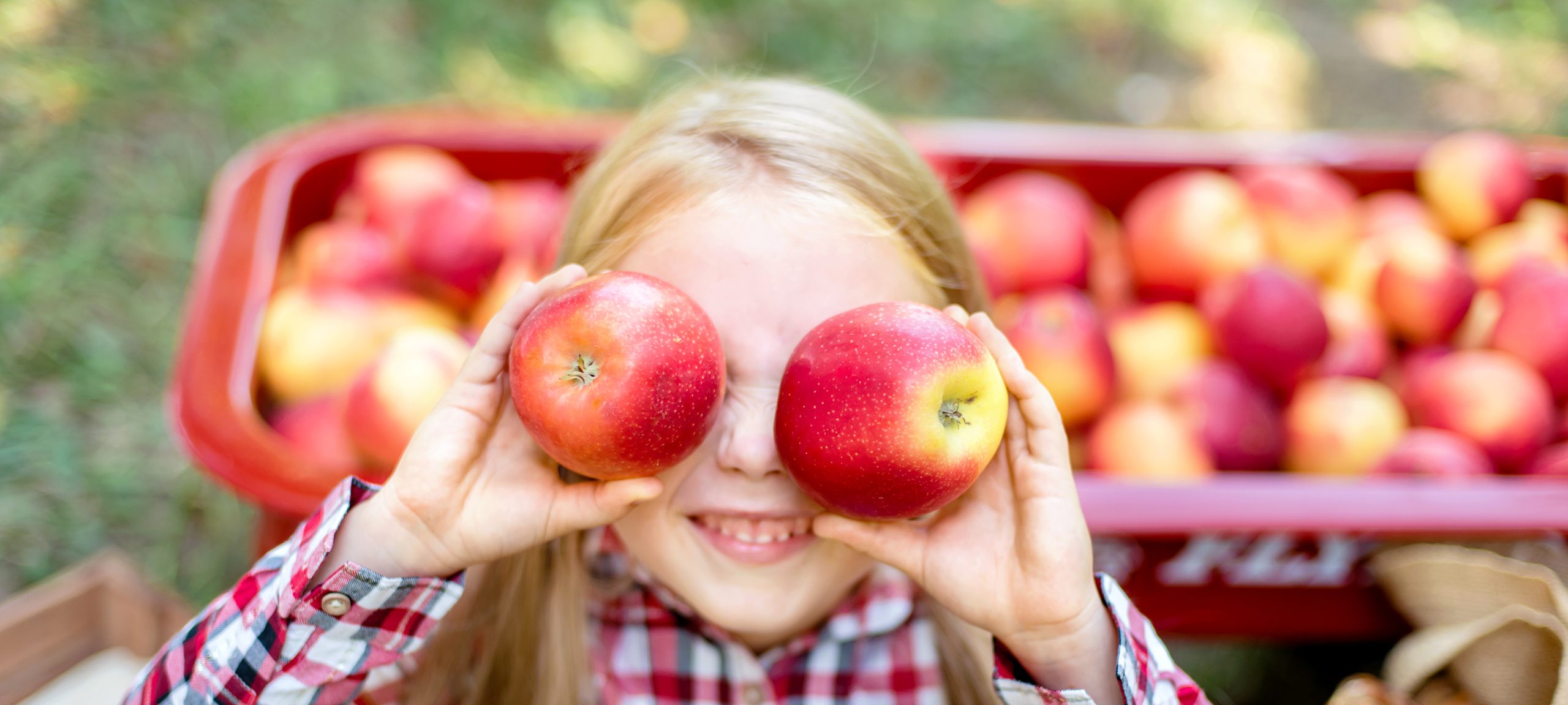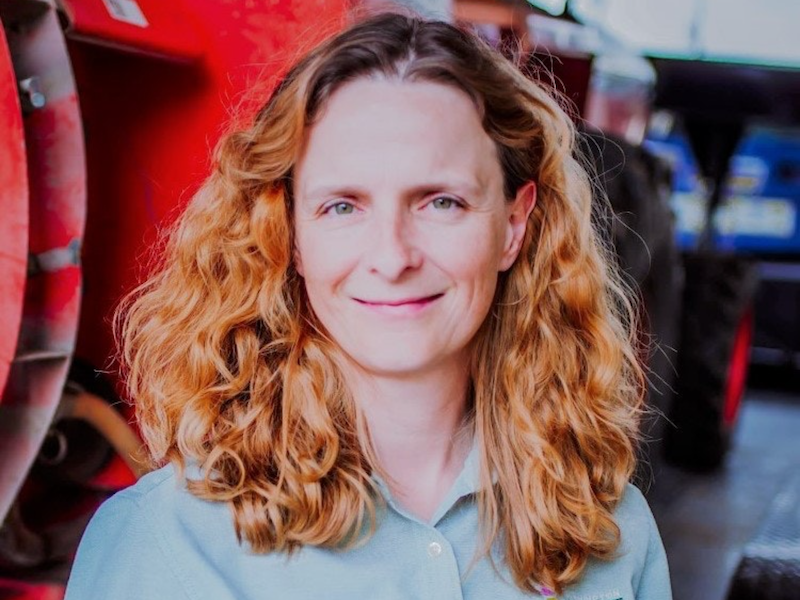As the owner of an orchard with her husband in the largest tree fruit–growing state in the America, Ines Hanrahan understands all too well the myriad of challenges growers face on a daily basis.
Hanrahan is also the executive director of The Washington Tree Fruit Research Commission, a position she’s held for five years, which puts her in a unique problem-solving role. The non-profit organization she leads is solely focused on funding and disseminating research to ensure Washington state’s tree fruit industry remains first in the nation for the production of apples, pears and sweet cherries and near the top for stone fruits.
At any given time, the Commission has upwards of 75 active projects with academic researchers from Washington State University, other universities and private companies. Under the oversight of a Board, it’s up to Hanrahan and a team over more than 100 volunteers on advisory committees to prepare annual priority lists, review research proposals, decide which are funded, and then provide oversight until the results are published.
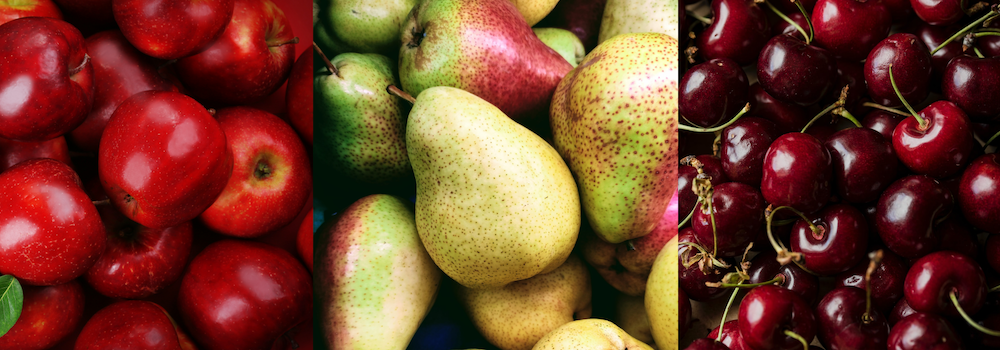
Early challenges led to opportunities
A native of East Germany who spent her early childhood behind the Berlin Wall, Hanrahan did not grow up in abundance. Fresh food was scarce, so East Germans grew their own food out of necessity. “My family was fortunate as my grandmother was a great gardener, so we always had fresh fruits and vegetables. She also taught me how to raise food, forage in the forest and barter with others for food.”
This ignited a lifelong interest in agriculture. In, 1999, Hanrahan earned a degree in Agricultural Engineering in Berlin, Germany. Eager to improve her English and eventually pursue a career in applied science, she determined the best place start on this mission was Washington State’s Yakima Valley, one of the largest tree fruit growing regions in the world.
“I came to the U.S. in 2000 with two bags and the intention of staying a year,” she smiles. “During an internship with Peters Orchards in Wapato, I began assisting in research projects with Washington State University. The university encouraged me to do a Ph.D. in Horticulture, which I earned in 2005. I joined the Washington Tree Fruit Research Commission that same year.”
She adds, “I also met my husband, and we have a commercial tree fruit orchard, raising apples, cherries and pears.”
After nearly two decades with the Commission with the responsibility of overseeing all research, Hanrahan strives to ensure all funding is directed to industry priority areas that enable increased productivity, improved product quality and to help growers stay economically viable in a globally competitive marketplace. In a recent interview with Smart Apply, she identified a number of top priorities for Washington State’s tree fruit growers.
Cost of Labor
“The thing on every grower’s mind is the cost of labor. This is what drives the ability of an orchard to be sustainable. How can we keep operating with high labor costs? Tree fruits are unique because there is a lot of hand labor involved in pruning, thinning and harvesting,” Hanrahan says.
Further complicating the issue is the ebb and flow of labor needs. Demand for workers is highest in the spring and fall, but the lack of seasonal labor makes it increasingly difficult for growers to find people to hire and get work done.
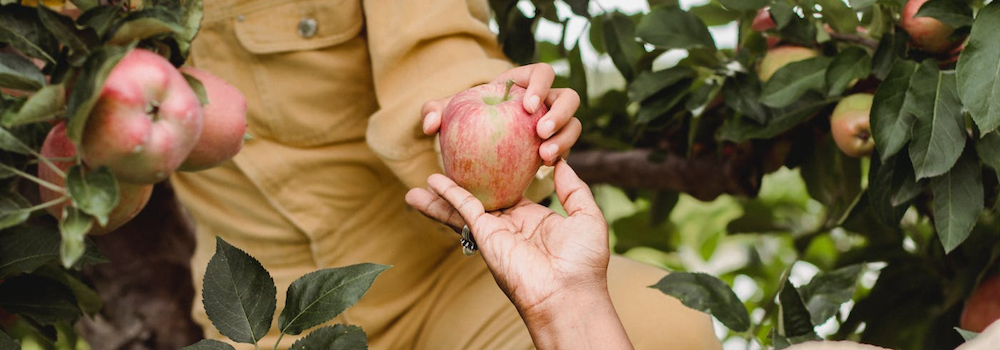
Orchard Automation
Hanrahan says growers are keenly interested in figuring out how to integrate more technology in their orchards, yet it’s easier said than done. “We could really use multi-functional robots that prune, thin and pick fruit. But there’s an art to pruning and thinning that is hard to teach a machine.”
Automation also needs to respond to the realities of a working orchard. “One grower collaborated with a sensing company to help with precision chemical thinning of flowers. It required mapping the orchard first. That took a couple of days and by that time, it was too late to use the chemicals. Tech needs to consider the outdoor environment and constantly changing speed of development of plants based on weather and other variables,” she says.
Automation also needs be easy to integrate. Buying new technology or equipment that requires retraining operators can add unwanted pressure. Hanrahan did like the fact that Smart Apply’s precision spray and data system can be retrofitted on existing air blast sprayers. “That’s absolutely great,” she says.
As hungry as growers are for innovation, technology has to be reliable, adaptable, and deliver a real value proposition to farms. “Technology that has a clear ROI has a far better chance of adoption,” Hanrahan says.
Accurately Predicting Yields
Another pain point for Washington state growers is the inability to accurately predict yields. Hanrahan says the apple industry could be picking as much as 10 percent over-estimate this season. While that sounds like a good problem to have, Hanrahan says it disrupts the whole system.
“The unpredictability of yields throws off labor, it throws off inputs and it throws off marketing. Knowing the harvest volume in advance would make it easier to commit to and fulfill retailers’ purchase orders,” she says. “The devil is in the details with tree fruits. It would be great to have a visualization/scouting technology that provided a better idea of yields and provide that data quickly, so growers know how to respond.”
Emerging Pests and Diseases
Much like greening disease that threatens the U.S. citrus industry, Washington state’s cherry industry faces its own hard to detect threat: Little Cherry Disease. Hanrahan explains it as a complex of a virus and a phytoplasm that is difficult to identify in its early stages of infection. It causes the cherries to be small and bitter tasting. Ultimately, the virus causes cherry trees to die. “Right now, there is no cure,” Hanrahan says. “We’re working to get a better understanding so it can be detected faster, more reliably and hopefully prevented.”
Meanwhile, Little Cherry Disease is a financial hardship for growers with the potential to devastate Washington’s sweet cherry industry, the largest in the nation.
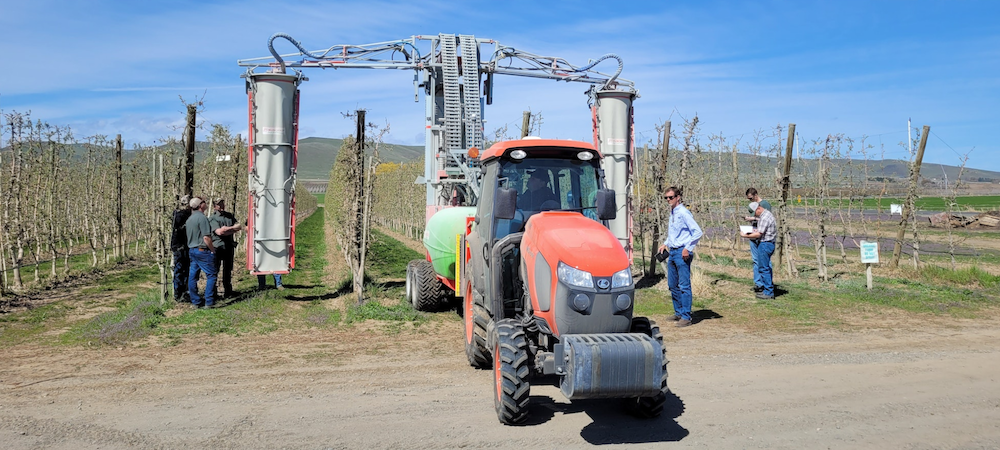
Innovation Success Stories
Research funded by the Commission has yielded and continues to yield success stories and opportunities for Washington’s tree fruit growers. Hanrahan points to a “modern” apple, the Cosmic Crisp®, as a perfect example of Commission-funded projects. The result of 20 years of study and research by Washington State University’s world-class tree fruit breeding program. “Consumers want consistently yummy fruit, while growers and packers want a ‘user friendly’ apple. The Cosmic Crisp® ripens consistently, is not sensitive to bruising, stores really well, and tastes fantastic.”
The Commission continues to explore ways to help growers meet sustainable agriculture requirements, pointing to
integrated pest management practices to reduce reliance on chemicals. As demand for agriculture to reduce its climate impacts continues to build from regulators, retailers and consumer, tree fruit growers are committed to quantifying those impacts in order to find realistic, actionable solutions for their industry.
This is a grassroots effort by the industry, for industry. The Washington Tree Fruit Research Commission funded a Life Cycle Assessment (LCA) study to develop a scientifically defensible benchmark of apple production’s climate impacts, ensuring industry control of the data. In addition to helping identify areas that need improvement, LCA data can substantiate climate-smart practices already in place.
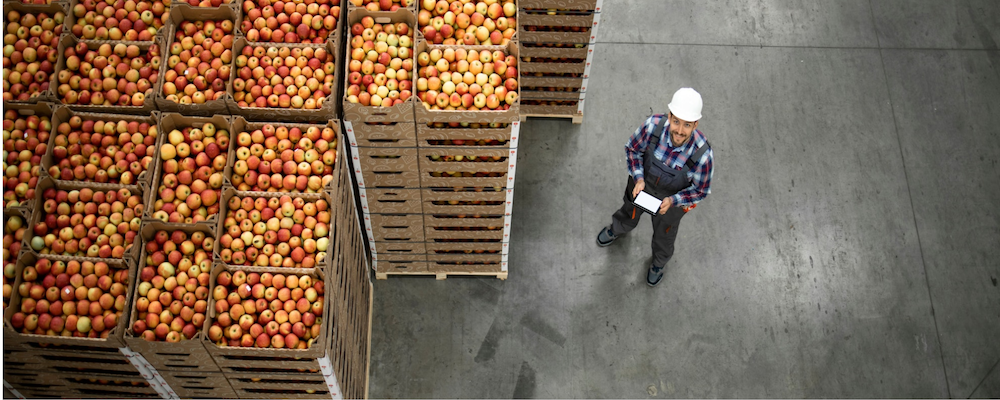
The last example reflects a 12-year commitment on the part of the Commission to protect Washington’s tree fruit growers’ competitors in export markets. Starting in 2011, the Commission has done annual studies to capture data on residual pesticides and fungicides on fruit to help growers comply with Maximum Residual Level (MRLs) requirements of export partners.
“One-third of the state’s tree fruit crop is exported, largely to Canada and Mexico. Some MRL levels in some export markets are hard to reach. Our growers need to know the chemicals that may cause the problems so they can address them. These annual studies are very important,” Hanrahan says.
The Future Is Tech
The Washington Tree Fruit Research Commission has and will continue to fund technology going forward to help make new solutions orchard ready. “We definitely need more progress in automation with practical outcomes. For example, while many growers have access to a variety of tools to help them identify parts of the orchard that are experiencing adverse effects, there have been far fewer cost-effective tools to facilitate variable rate application of inputs,” Hanrahan says. “That is definitely an opportunity.”
Smart Apply’s Precision Spray + Data System is used by vineyards, tree fruit and nut orchards, and nurseries around the world. If you’d like to start a conversation, email us at Hello@SmartApply.com. Find a Smart Apply dealer near you here.
